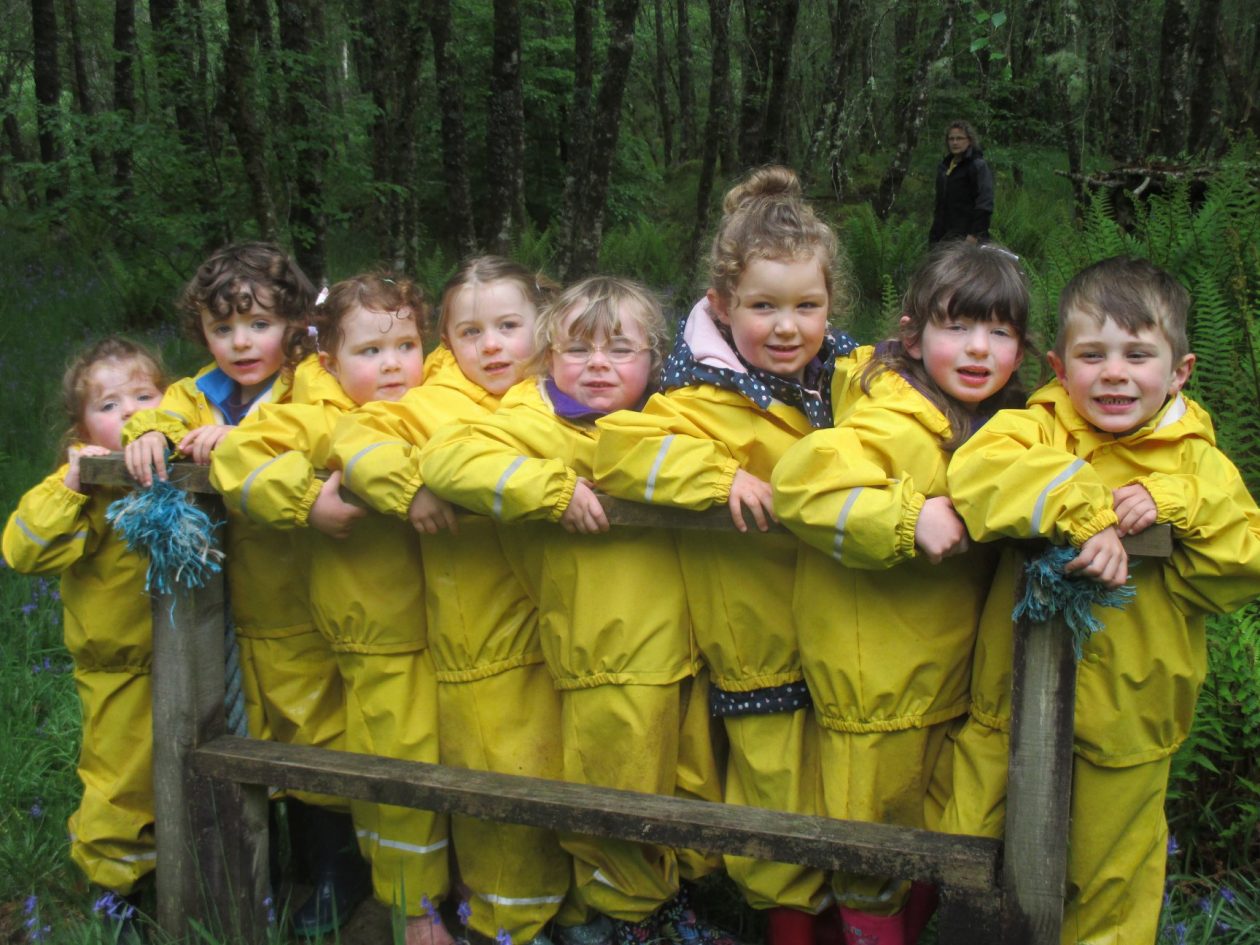Safe Sleeping procedures.
Safe Sleeping Environment
- Keep the room well ventilated but do not position a cot/sleep space below a window or in front of a working radiator. The temperature of the room should be monitored. In the nursery environment, sleeping babies should be closely supervised, staff should record each safe sleep check and share with parent/carer at the end of the day. To check the temperature of the baby/young child, check the back of his/her neck with the back of your hand. It should feel warm. If he/she feels hot or his/her skin is damp from sweating, remove some of the bedding. A normal temperature for children in about 36.4 degrees, (NHS).
- The idea room temperature is between 16 – 20 degrees.
- Sleeping surfaces should be flat and firm conforming to British safety standards (BSEN716).
- Mattresses should be completely covered in a waterproof fabric such as PVC. All mattresses should be regularly inspected for signs of damage to the waterproof fabric and if punctured, cracked or torn, should be replaced immediately.
- Ensure that the gaps between the bars of the cot are less than 6.5 cm and that the space between the mattress and the cot is no more than 4cm.
- Babies under 1 year old should not have pillows, duvets, soft toys or comforter blankets in their cot. Instead use one or more layers of light blankets (depending on the room temperature). Remember that one blanket doubled over counts as two blankets.
- Parents are advised to have a new mattress for each child within their own home; however this is not practical within the early years setting. Each child should have their own bedding and the mattress should be checked, inspected and disinfected between each infant sleep.
- Bouncer chairs, beanbags, swings and semi reclined pushchairs should be avoided when putting a baby/young child to sleep to help avoid gastroesophageal reflux and plagiocephaly.
Secondary caregivers need to consider how infants are placed to sleep at home and ensure that this practice is consistent with the care they provide.
- Never cover a baby’s head, remove any hats unless medically advised to use, and only use thin materials for swaddling. Muslin cloth or thin cotton help reduce the risk of overheating.
- Babies and young children should always be placed on their back when going for a sleep. Where possible child should be placed at the bottom of the sleep area with blanket/sheet tucked under their arms. Ensure the bedclothes are firmly tucked in and no higher than just under the baby’s shoulders, so that they can’t wriggle down under the covers and when possible young children.
- Some research suggests that using a dummy for every period of sleep may reduce the risk of cot death: Our advice when an infant uses a dummy is to offer it at every period of sleep, including daytime naps. It is recommended that dummy use stops between 6 and 12 months. NEVER PUT A CHILD TO SLEEP WITH A DUMMY ATTACHED TO A NECK CORD!

